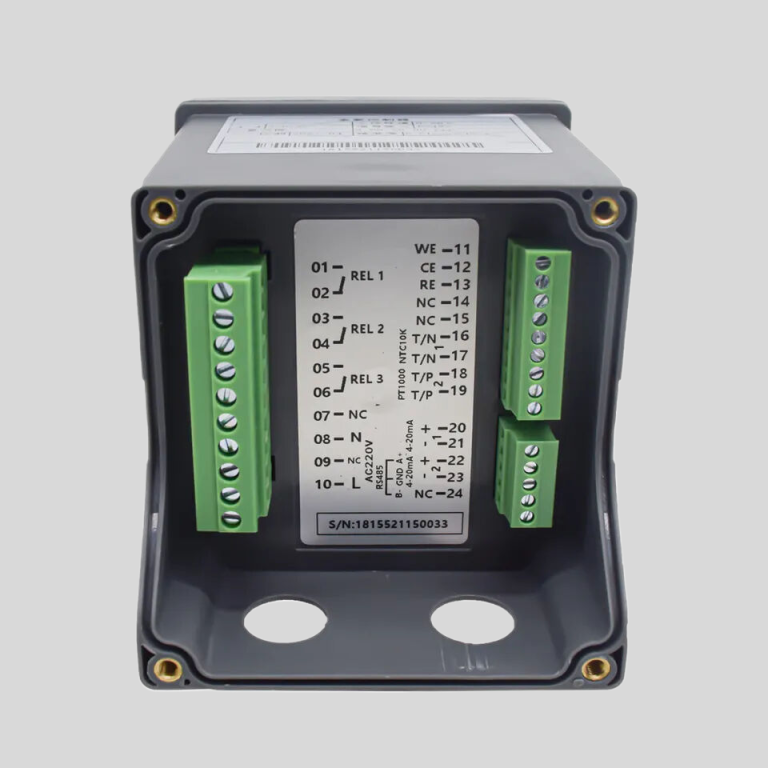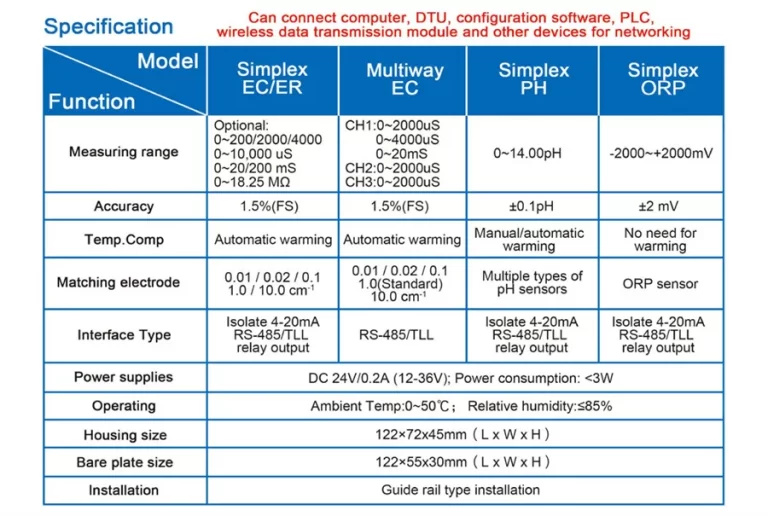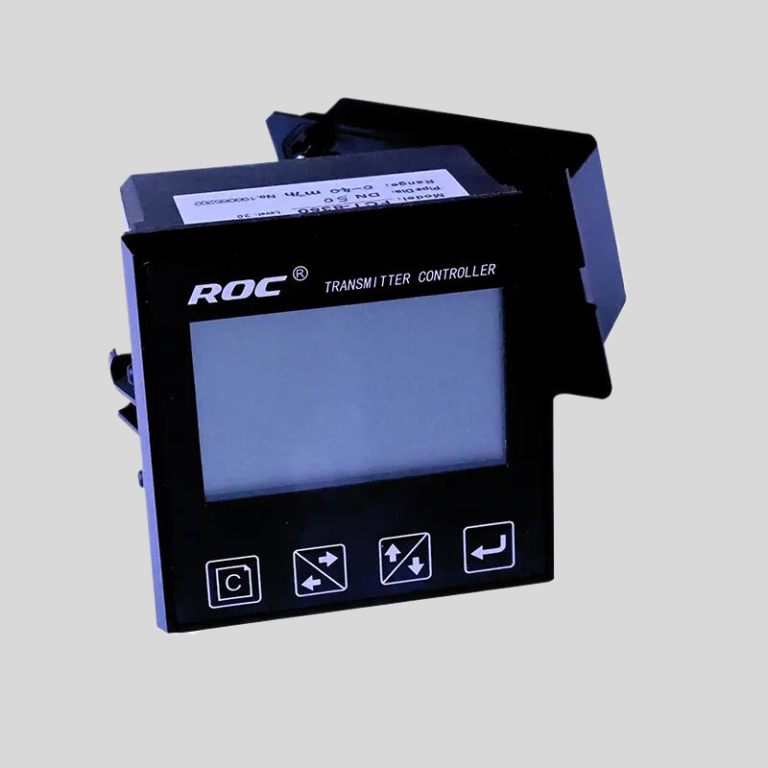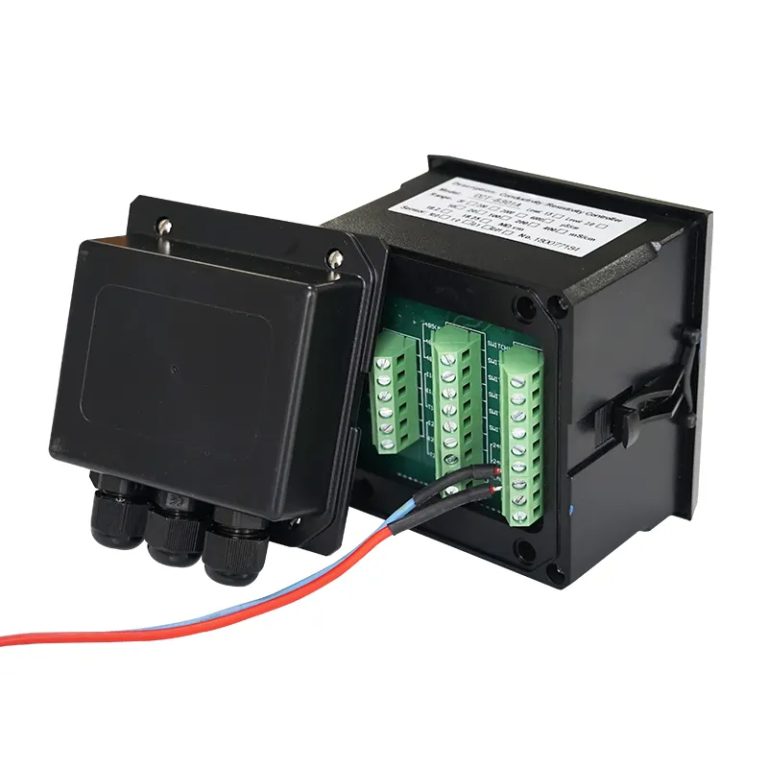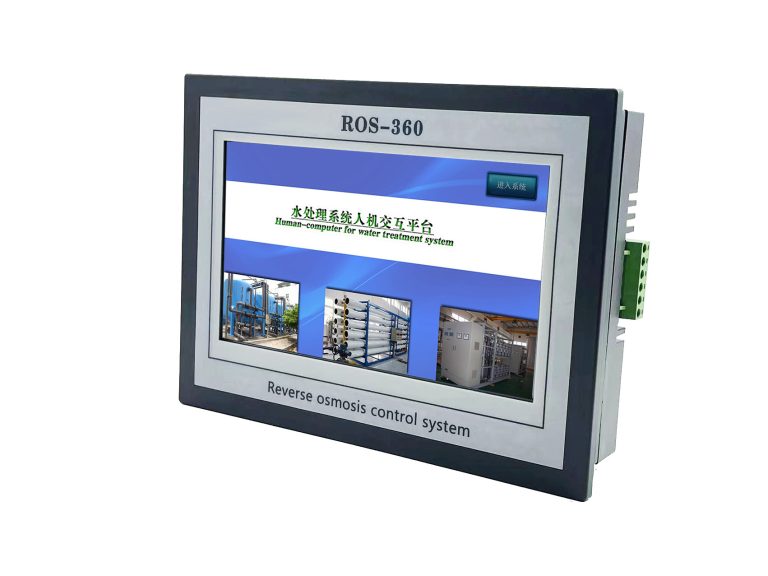Table of Contents
Proper Calibration Techniques for pH Meters
A ph meter is a valuable tool used in various industries, including agriculture, food and beverage production, and water treatment. To ensure accurate and reliable readings, it is essential to calibrate your ph meter regularly. Proper calibration techniques are crucial in maintaining the accuracy of your ph meter and ensuring that it provides precise measurements.
| model | pH/ORP-5500 series pH/ORP online transmitting controller | |
| Measurement range | pH | 0.00~14.00 |
| ORP | -2000mV~2000mV | |
| Temp. | ( 0.0~50.0)℃ (temperature compensation component:NTC10K) | |
| Resolution | pH | 0.01 |
| ORP | 1mV | |
| Temp. | 0.1℃ | |
| accuracy | pH | 0.1 |
| ORP | ±5mV(electronic unit) | |
| Temp. | ±0.5℃ | |
| Approximate input impedance | 3×1011Ω | |
| Buffer solution | pH value: 10.00;9.18;7.00;6.86;4.01;4.00 | |
| Temp. compensation range | (0~50)℃(with 25℃ as standard)Manual and automatic temperature compensation | |
| (4~20)mA | characteristics | Isolated,fully adjustable,reverible,instrument/transmitter for selection |
| Loop resistance | 500Ω(Max),DC 24V | |
| accuracy | ±0.1mA | |
| Control contact | Electrical contacts | Double relay SPST-NO,return model |
| Loop capacity | AC 220V/AC 110V 2A(Max);DC 24V 2A(Max) | |
| Power consumption | <3W | |
| Working environment | temperature | (0~50)℃ |
| humidity | ≤85%RH(none condensation) | |
| Storage environment | Temp.(-20-60) ℃;relative humidity:≤85%RH(none condensation | |
| Outline dimension | 96mm×96mm×105mm(H×W×D) | |
| Hole dimension | 91mm×91mm(H×W) | |
| installation | Panel mounted,fast installation | |
Calibrating a ph meter involves adjusting the instrument to read a known pH value. This process is essential because pH meters can drift over time, leading to inaccurate readings. By calibrating your ph meter regularly, you can ensure that it remains accurate and reliable.
There are two primary methods for calibrating a ph meter: single-point calibration and multi-point calibration. Single-point calibration involves adjusting the ph meter to a single known pH value, typically pH 7. This method is suitable for applications where precise measurements are not critical. However, for more accurate readings, multi-point calibration is recommended.
Multi-point calibration involves adjusting the ph meter to two or more known pH values. This method is more accurate than single-point calibration and is ideal for applications where precise measurements are essential. To perform a multi-point calibration, you will need calibration solutions with known pH values, typically pH 4, 7, and 10.
Before calibrating your ph meter, it is essential to ensure that the electrode is clean and free of any contaminants. Rinse the electrode with distilled water and then immerse it in a pH 7 calibration solution. Allow the electrode to stabilize for a few minutes before adjusting the ph meter to the correct reading.
Once the ph meter is calibrated to pH 7, rinse the electrode again and immerse it in a pH 4 calibration solution. Allow the electrode to stabilize before adjusting the ph meter to the correct reading. Repeat this process for the pH 10 calibration solution if necessary.
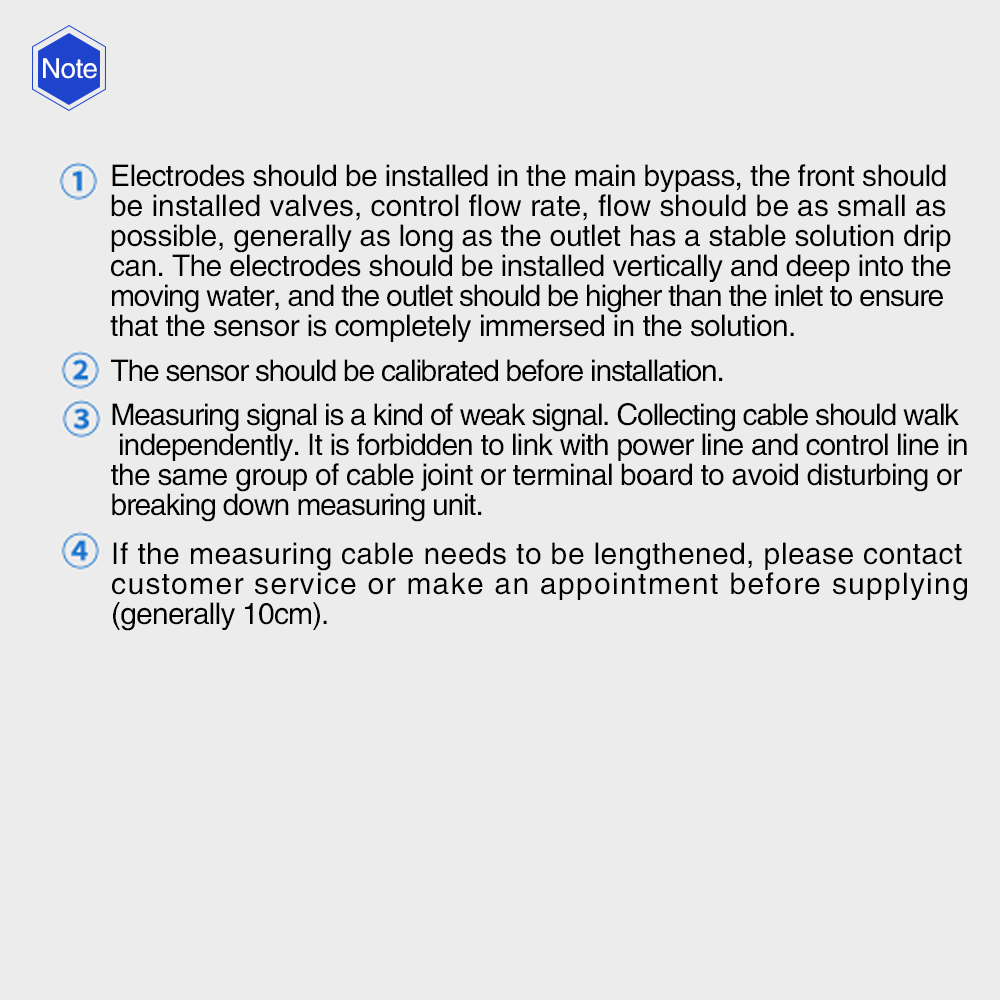
After calibrating your ph meter, it is essential to rinse the electrode with distilled water and store it properly to prevent damage. Proper storage of the electrode will help prolong its lifespan and ensure accurate readings in the future.
| Model | pH/ORP-1800 pH/orp meter |
| Range | 0-14 pH; -1600 – +1600mV |
| Accuracy | ±0.1pH; ±2mV |
| Temp. Comp. | Manual/Automatic temperature compensation; No Comp. |
| Oper. Temp. | Normal 0~50℃; High temp 0~100℃ |
| Sensor | pH double/triple sensor; ORP sensor |
| Display | 128*64 LCD Screen |
| Communication | 4-20mA output/RS485 |
| Output | High/Low limit dual relay control |
| Power | AC 220V±10% 50/60Hz or AC 110V±10% 50/60Hz or DC24V/0.5A |
| Working Environment | Ambient temperature:0~50℃ |
| Relative humidity≤85% | |
| Dimensions | 96×96×100mm(H×W×L) |
| Hole Size | 92×92mm(H×W) |
| Installation Mode | Embedded |
In addition to regular calibration, it is essential to perform routine maintenance on your ph meter to ensure optimal performance. This includes cleaning the electrode regularly, replacing the reference electrolyte as needed, and storing the ph meter in a suitable environment.
By following proper calibration techniques and performing routine maintenance on your ph meter, you can ensure accurate and reliable measurements for your specific application. Regular calibration is essential for maintaining the accuracy of your ph meter and ensuring that it provides precise readings.
In conclusion, proper calibration techniques are crucial for maintaining the accuracy of your ph meter and ensuring reliable measurements. By following the steps outlined in this article, you can calibrate your ph meter effectively and ensure accurate readings for your specific application. Regular calibration and routine maintenance are essential for prolonging the lifespan of your ph meter and ensuring optimal performance.
Understanding ph meter Readings and Troubleshooting Common Issues
A ph meter is a valuable tool used in various industries, including agriculture, food and beverage production, and water treatment. It measures the acidity or alkalinity of a solution on a scale of 0 to 14, with 7 being neutral. Understanding how to properly use a ph meter is essential for obtaining accurate readings and ensuring the quality of your products or processes.
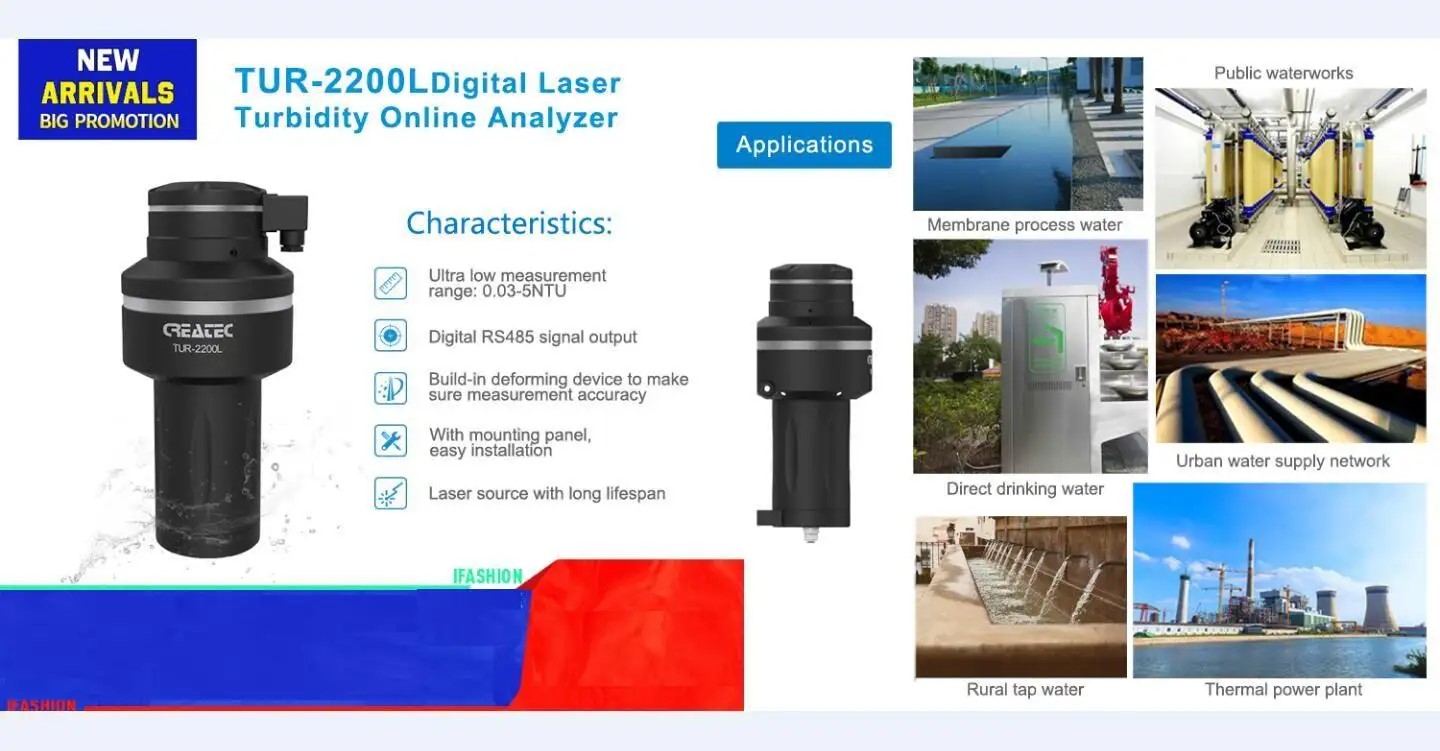
To use a ph meter, start by calibrating it with buffer solutions of known pH values. This step is crucial to ensure the accuracy of your readings. Most pH meters come with calibration instructions, so be sure to follow them carefully. Once calibrated, rinse the electrode with distilled water and gently blot it dry with a clean tissue before immersing it in the solution you want to test.
When taking a pH reading, make sure the electrode is fully submerged in the solution and give it some time to stabilize. The ph meter will display a numerical value corresponding to the acidity or alkalinity of the solution. Remember that pH readings can be affected by temperature, so it’s important to take this factor into account and make any necessary adjustments.
If you encounter any issues with your ph meter readings, there are several common troubleshooting steps you can take. One common issue is electrode contamination, which can lead to inaccurate readings. To address this problem, clean the electrode with a soft brush and a mild detergent solution, then rinse it thoroughly with distilled water.
Another common issue is electrode drift, which occurs when the ph meter displays fluctuating readings. This can be caused by a variety of factors, such as a weak or dead battery, improper calibration, or a damaged electrode. To troubleshoot electrode drift, check the battery level, recalibrate the ph meter, and inspect the electrode for any signs of damage.
If you continue to experience issues with your ph meter, it may be time to replace the electrode or seek professional assistance. Regular maintenance and calibration of your ph meter are essential for ensuring accurate readings and prolonging its lifespan.
In conclusion, using a ph meter correctly is essential for obtaining accurate readings and maintaining the quality of your products or processes. By following the proper calibration procedures, taking accurate readings, and troubleshooting common issues, you can ensure the reliability and effectiveness of your ph meter. Remember to handle the electrode with care, clean it regularly, and store it properly to maximize its performance. With the right techniques and attention to detail, you can make the most of your ph meter and achieve consistent and reliable results in your work.

